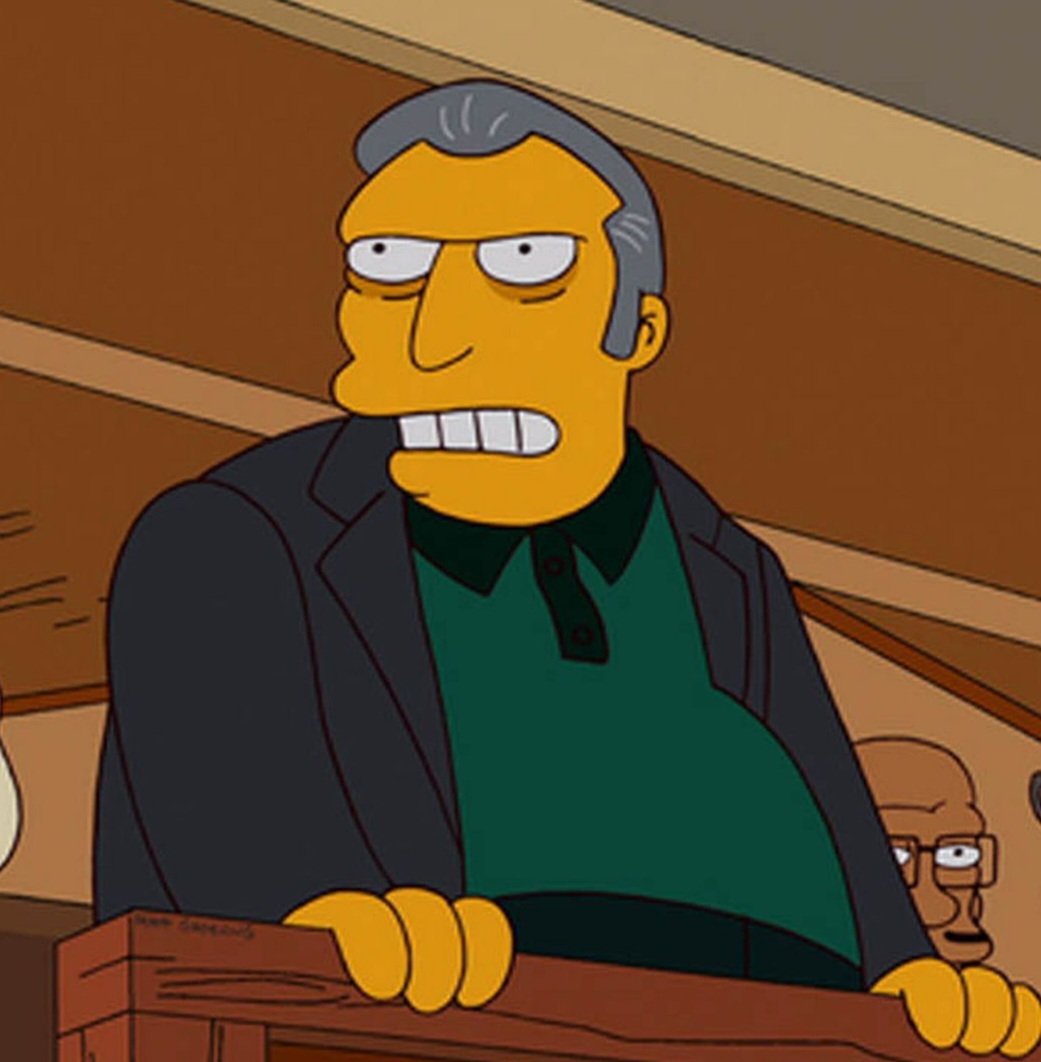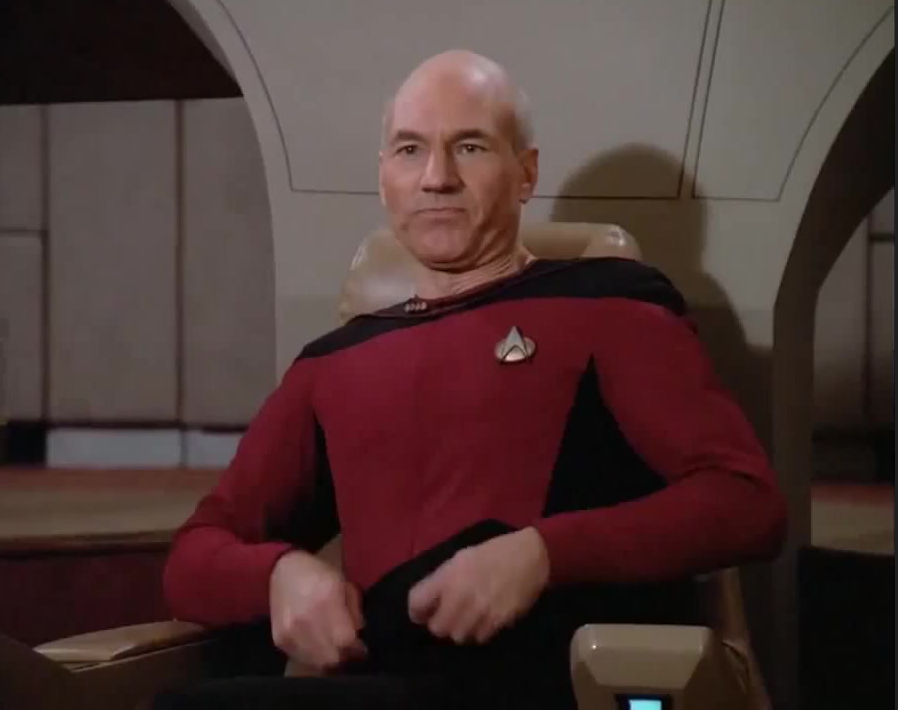When I play chess I always take one of two roads which both lead to defeat.
Either I play very carefully, leaving my opponent open to all of the attacking. With carefully I mean I only move important pieces to spots which are defended.
Or I play too recklessly which makes me lose important pieces to the stupidest of decisions. Seriously, I lost tons of queens to spots which were very clearly defended.
Either way I always lose. So:
Does anyone know of: tactics, videos, rule of thumbs, anything. Which can help to find a good balance?
Also: When should you start strategising about check-mating the king?
For sure: there are some pretty good rules of thumb for when to attack.
Generally you want to develop your pieces first. What does that mean? It means you want to get your pieces on squares that aren’t the row closest to you.
Often players will start attacking without having moved some of their pieces. This is often a mistake. Think of it this way: your opponent has all their pieces near their king to begin with, so automatically has more defenders than you have attackers. You need to get yours out to have a decent chance of delivering a checkmate.
There’s also a good rule of thumb in terms of the order you get them out in. Major pieces (queen and rook) are worth more than minor pieces (knight and bishop). So if you get your queen out early on a square it can be attacked, that leaves it vulnerable to being chased round the board, letting your opponent develop their pieces while attacking your queen. All of a sudden your opponent has all their minor pieces out, while all you’ve done is shuffle your queen.
Another key piece of advice is to control the centre of the board. A piece in the centre is much more powerful and controls more squares. Think of it like the high ground on a battlefield. In general in the opening you want to control this centre with your pawns, and minor pieces (knights and bishops) one way or another
So: in terms of the order you want to do things, most often you want to play a central pawn forward, develop your knights, then your bishops, then castle (keeping your king safe and bringing a rook towards the centre), then start looking for where you can develop your queen to start generating pressure.
The final piece of advice I’ll give is that tactics (checkmate or being able to take your opponent’s pieces) stems from having a good position: that is, having your pieces on squares where they are eyeing up the enemy position. You want to put your opponent under pressure, at which point tactics will start to appear to you.
If you want further resources, there’s a wealth of chess on YouTube. I’d highly recommend Daniel Naroditsky’s speedruns (starting at the beginning, in your case). He plays opponents of increasing skill levels over the course of many videos, so the early videos explain the basics of how to play chess according to sensible principles. Good luck, and have fun!
Do you put yourself in your opponents shoes and try to predict which move they are going to make? It’s important not to play only your own side, you actually want to try to play as both players for much of the game, assuming time allows.
What rating are you? Do you analyze your games? How good do you know your opening(s)?
Let’s just say I’m the uncle you play chess with every now and then.
So I do not know what any of those questions mean.
Ah ok, no worries. So just to be sure, do you play online sometimes?
Training is everything in chess. On YouTube there are tons of resources to learn about chess and get better, but it also takes a lot of practice.
Elo/rating is a number every player has, that specifies their strength in the game of chess. The higher the better.
The opening is something that can be memorized and is used to place your pieces in the beginning of the game. If you are a beginner, it’s best to focus on putting your middle pawns into the center of the board and bring your knights and bishops out
Analyzing your games can be done if you play online after the game. It will show you what mistakes you did and what better move was possible. If you wanna play online I recommend lichess since it’s completely free and you nothing is paywalled
I’ve found that doing a metric ton of puzzles has greatly improved my tactics when I’m playing “recklessly”. It helps your board vision and you’ll generally have a better feel for what you can safely attack.
As far as playing too defensively, maybe finding an opening that leads to a natural attacking plan would be helpful. I’ve been really enjoying Queen’s pawn openings that point all of your pieces toward the opponent’s castled king, so even though I’m playing “safely”, I’m still creating threats.
A few things that helped me when I was at a similar spot:
- Don’t play “hope chess.” That is, always assume your opponent can see what you’re trying to do, don’t “hope” they don’t notice.
- Don’t force your opponent to make a good move. Sometimes it’s good to attack their pieces, but if moving their piece out of the way results in a better attack on you, it’s a net loss. The inverse of this rule is true: if you can develop your pieces or otherwise position things well while forcing your opponent to waste turns shuffling pieces around, you’re gaining ground.
- Your emotional state will affect how you play. You can’t play impartially, but you can try to be aware of your mental state to be more aware of your default tendencies and correct for them.
- Learn to get comfortable with tension. Just because a piece is being threatened or there’s an opportunity to attack doesn’t mean it’s the best move.




